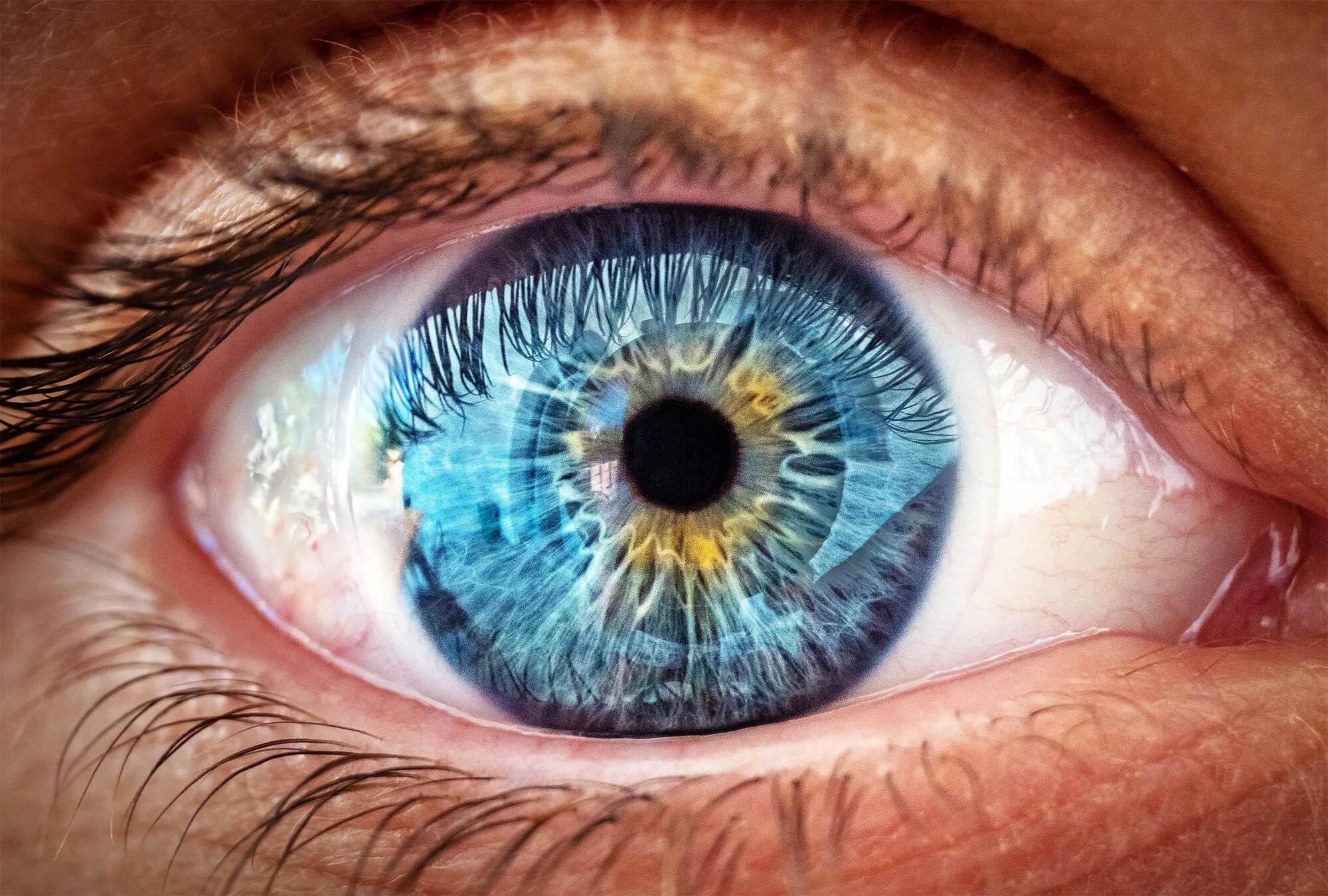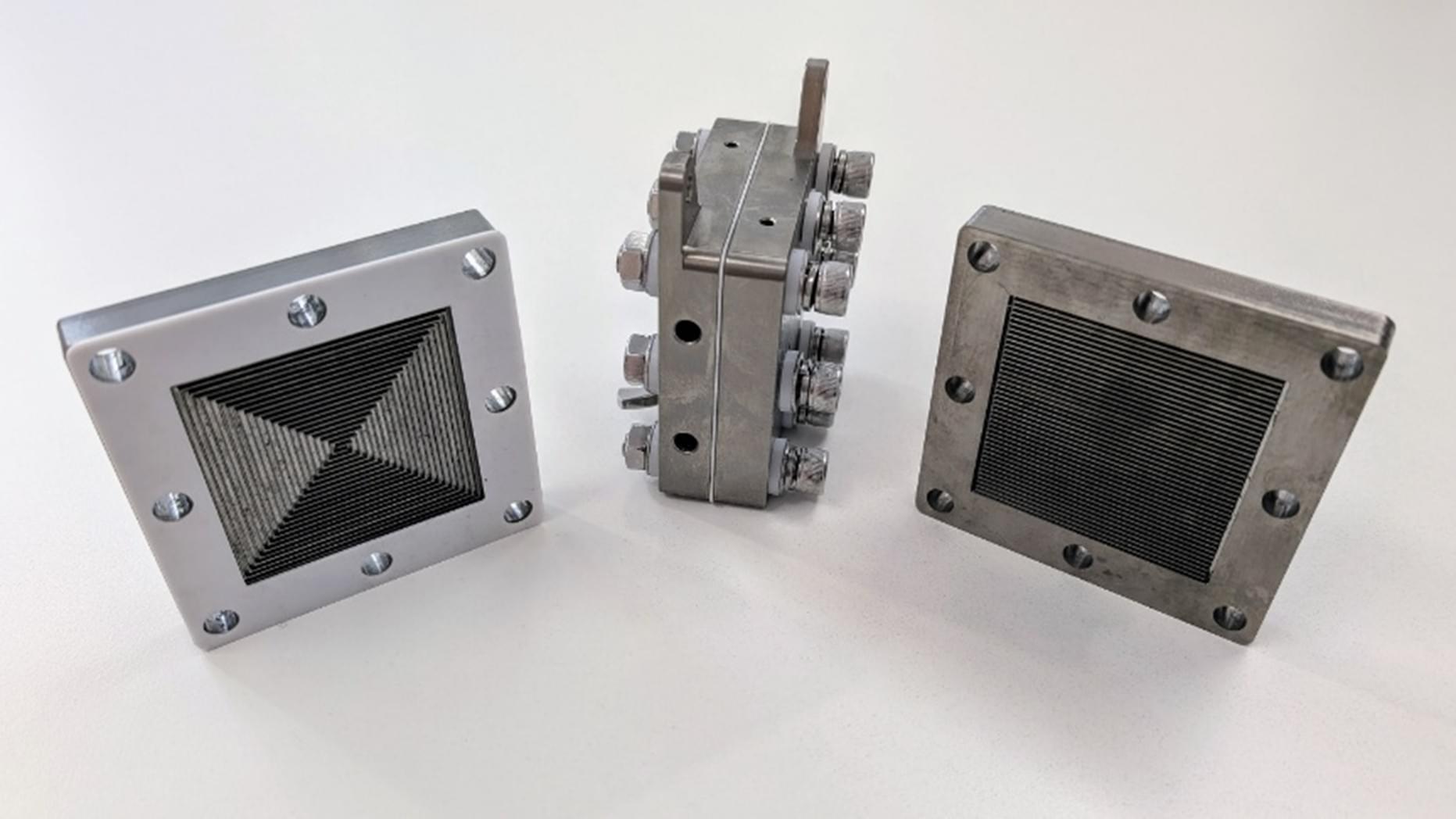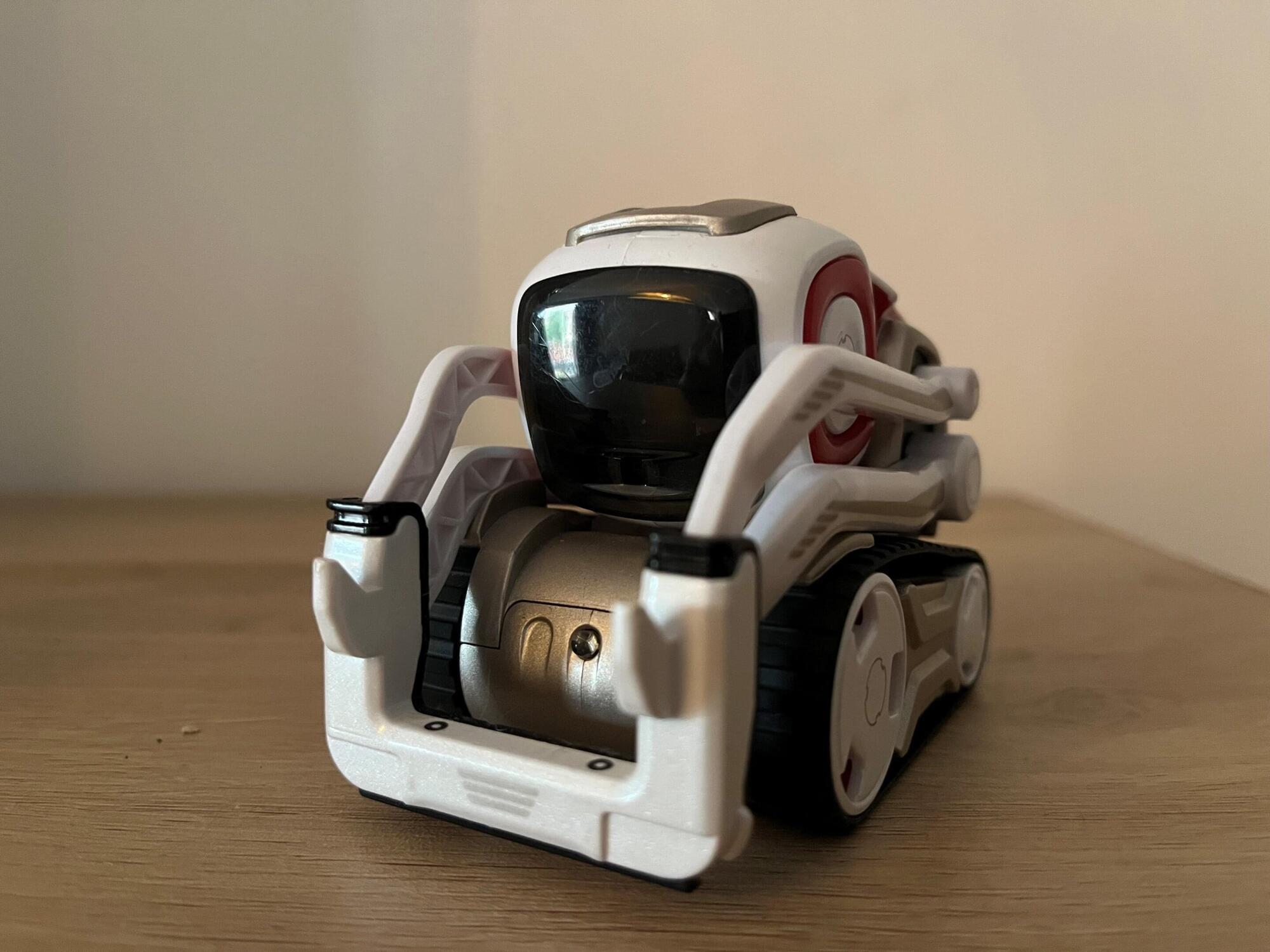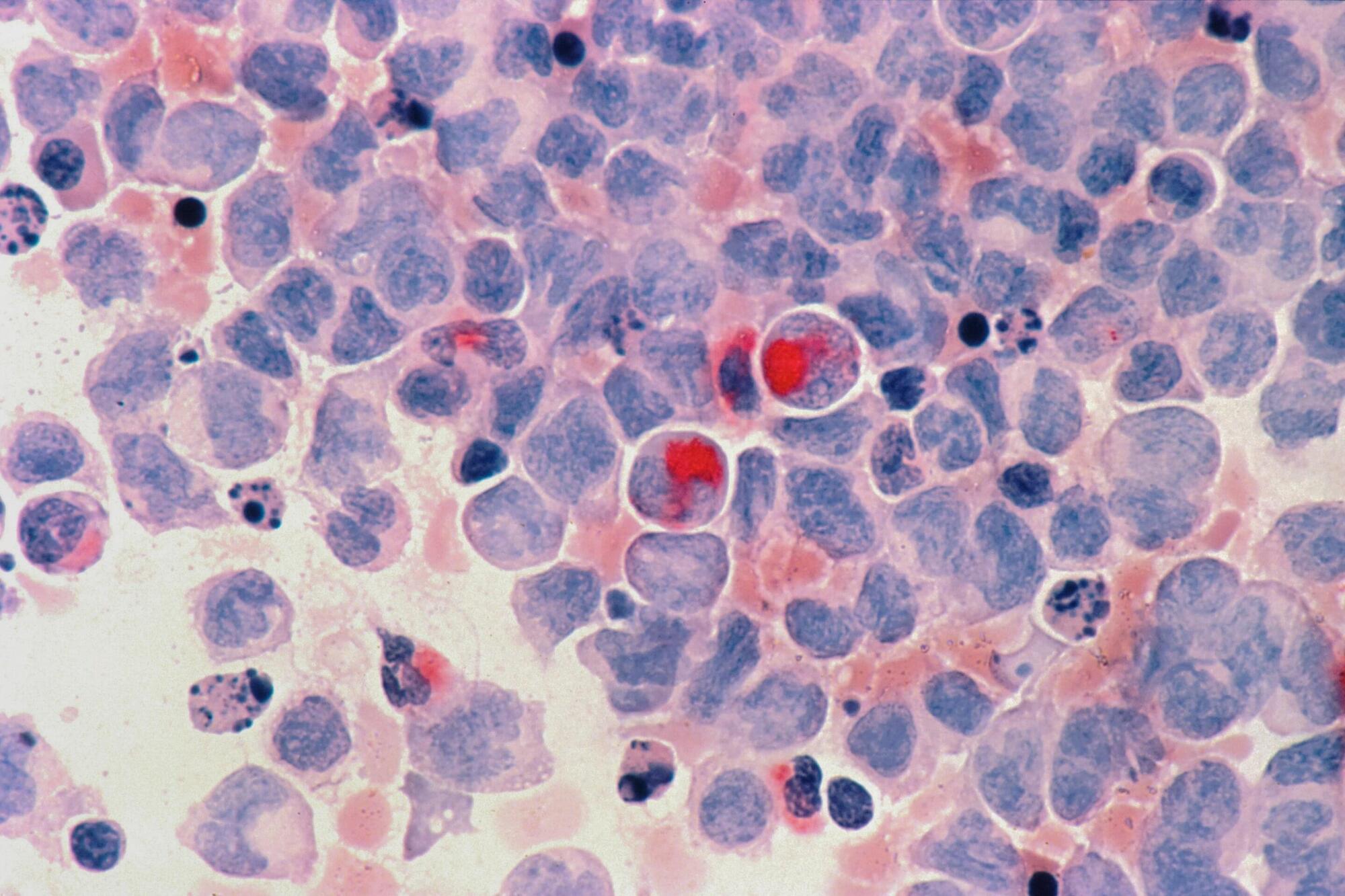Research is first initiative from Big Tech group’s AI health unit formed by ex-DeepMind co-founder Mustafa Suleyman.



Check out the free AMD loaner offer. Test the Ryzen PRO laptops yourself and experience the benefits they can bring to your business:
https://tinyurl.com/4zwaxnfm.
Timestamps:
00:00 — New Technology.
10:57 — How It Works & Applications.
15:10 — Challenges.
GIVEAWAY form: https://docs.google.com/forms/d/e/1FA… with me on LinkedIn ➜ / anastasiintech Connect with me on Instagram ➜
/ anastasi.in.tech Subscribe to My Deep In Tech Newsletter ➜ https://anastasiintech.substack.com Support me at Patreon ➜
/ anastasiintech #AMD #RYZENPRO
Connect with me on LinkedIn ➜ / anastasiintech.
Connect with me on Instagram ➜ / anastasi.in.tech.
Support me at Patreon ➜ / anastasiintech.
#AMD #RYZENPRO
Marine scientists have long marveled at how animals like fish and seals swim so efficiently despite having different shapes. Their bodies are optimized for efficient aquatic navigation (or hydrodynamics), so they can exert minimal energy when traveling long distances.
Autonomous vehicles can drift through the ocean in a similar way, collecting data about vast underwater environments. However, the shapes of these gliding machines are less diverse than what we find in marine life—the go-to designs often resemble tubes or torpedoes, since they’re fairly hydrodynamic. Plus, testing new builds requires lots of real-world trial-and-error.
Researchers from MIT’s Computer Science and Artificial Intelligence Laboratory (CSAIL) and the University of Wisconsin-Madison propose that AI could help us explore uncharted glider designs more conveniently. The research is published on the arXiv preprint server.

University of Sydney researchers have harnessed human-made lightning to develop a more efficient method of generating ammonia—one of the world’s most important chemicals. Ammonia is also the main ingredient of fertilizers that account for almost half of all global food production.
The research was published in Angewandte Chemie International edition.
The team have successfully developed a more straightforward method to produce ammonia (NH3) in gas form. Previous efforts by other laboratories produced ammonia in a solution (ammonium, NH4+), which requires more energy and processes to transform it into the final gas product.

The more we interact with robots, the more human we perceive them to become—according to new research from the University of East Anglia, published in the Journal of Experimental Psychology: Human Perception and Performance.
It may sound like a scene from Blade Runner, but psychologists have been investigating exactly what makes robot interactions feel more human.
The paper reveals that playing games with robots to “break the ice” can help bring out their human side.

Scientists are using a new approach to find the mysterious — if it exists — Planet Nine by hunting for its heat signature instead of reflected light. Using data from Japan’s AKARI space telescope, a team of researchers identified two promising candidates using their thermal detection method which is more effective than optical searches alone. But could these distant heat sources finally prove the existence of our Solar System’s most elusive world, or will they turn out to be yet another false alarm in the decades long search?

As NASA’s New Horizons spacecraft traveled through the Kuiper Belt at a distance of 438 million miles from Earth, an international team of astronomers used the far-flung probe to conduct an unprecedented experiment: the first-ever successful demonstration of deep space stellar navigation.
A paper describing the results was accepted for publication in The Astronomical Journal. The pre-print is available on the server arXiv.
As a proof-of-concept test, the researchers took advantage of the spacecraft’s unique vantage point as it traveled toward interstellar space to image two of our nearest stellar neighbors, Proxima Centauri, which is 4.2 light-years from Earth, and Wolf 359, which is 7.86 light-years away.

Researchers working on an incurable blood cancer can now use a new lab model that could make testing potential new treatments and diagnostics easier and quicker, new research has found.
In a paper published in Nature Communications, a team of researchers led by the University of Birmingham has studied blood cells from patients with a blood cancer called myelodysplastic syndrome disease (MDS). This disease often develops into a highly aggressive form of acute myeloid leukemia (AML).
Working with this new model has led to confirmation that a mutation in the gene CEBPA causes progression from MDS to AML.

Just over 200 years after French engineer and physicist Sadi Carnot formulated the second law of thermodynamics, an international team of researchers has unveiled an analogous law for the quantum world. This second law of entanglement manipulation proves that, just like heat or energy in an idealized thermodynamics regime, entanglement can be reversibly manipulated, a statement which until now had been heavily contested.